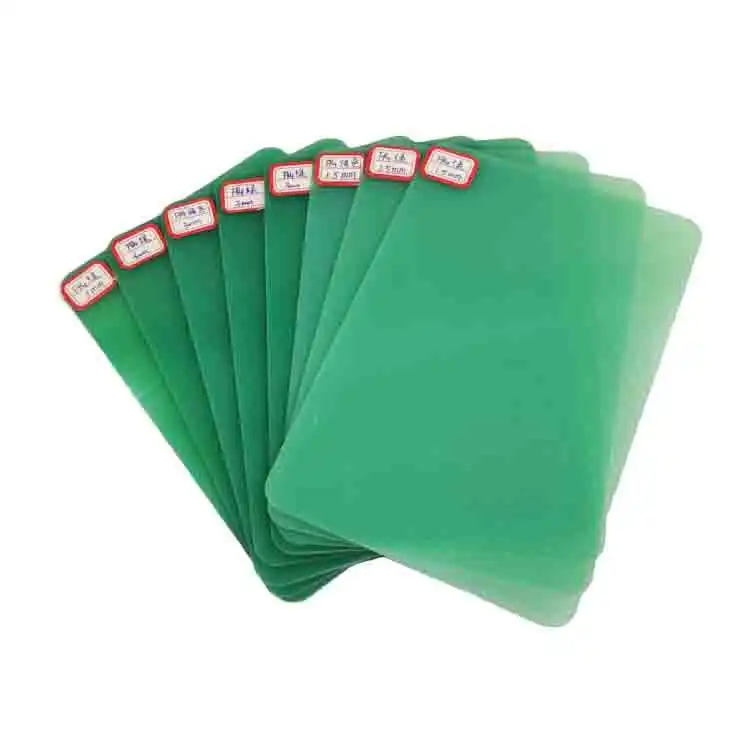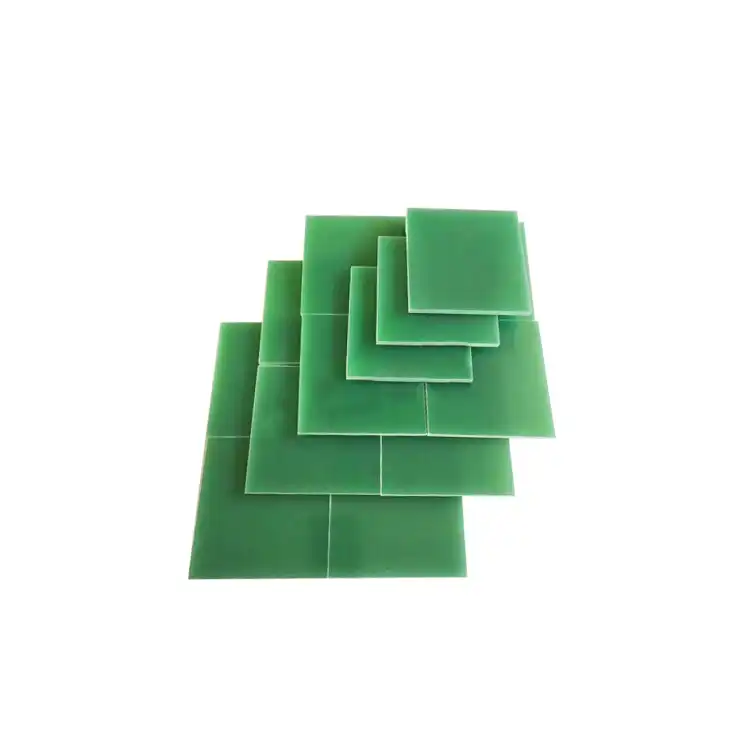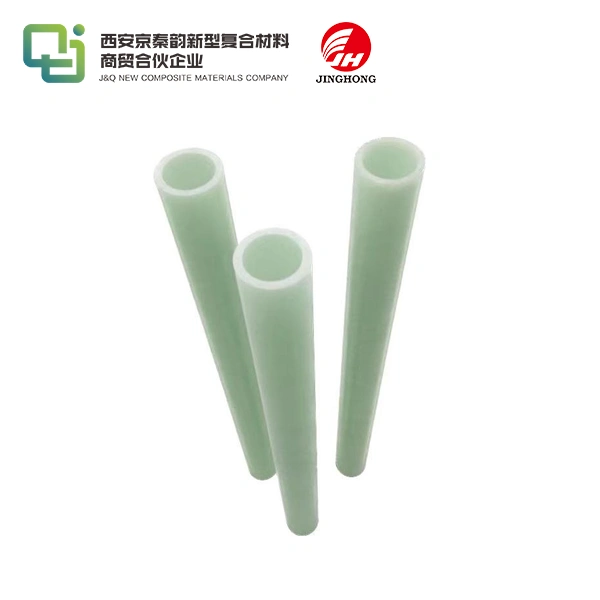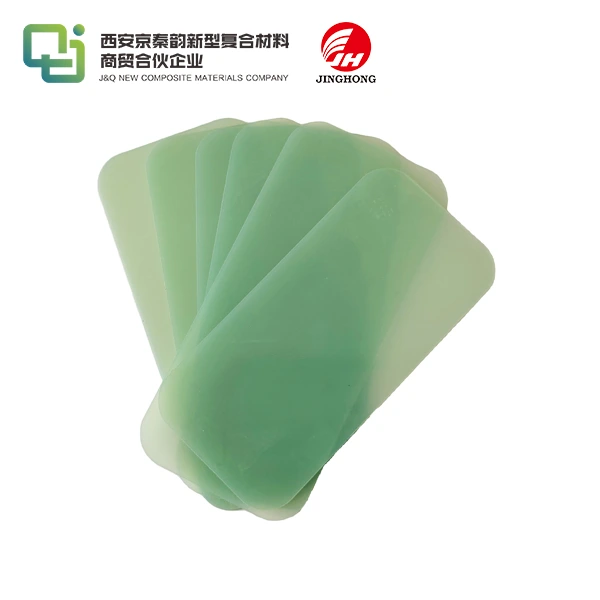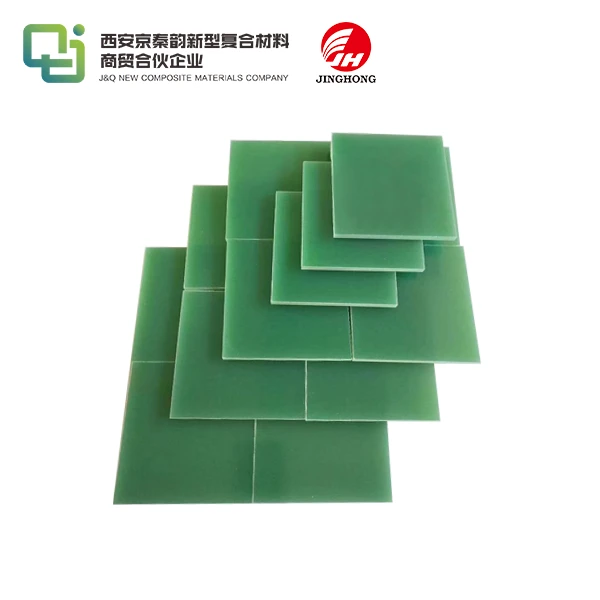Durable Electrical Materials: Why 3240 Laminate Sheets Stand Out?
2025-08-29 17:10:27
3240 laminate sheets have emerged as a pinnacle of durability and reliability in electrical systems, setting new standards for performance and longevity. These innovative materials combine exceptional electrical insulation properties with remarkable mechanical strength, making them indispensable in various high-demand applications. Their unique composition of epoxy resin and fiberglass cloth results in a product that not only withstands harsh environmental conditions but also maintains its integrity over extended periods. This outstanding durability, coupled with superior electrical resistance and thermal stability, positions 3240 laminate sheets as a top choice for engineers and manufacturers seeking long-lasting, high-performance electrical insulation solutions.
What Makes 3240 Laminate Sheets a Reliable Choice in Electrical Systems?
Superior Electrical Insulation Properties
3240 laminate sheets excel in electrical insulation, boasting impressive dielectric strength. This characteristic ensures that these materials can effectively prevent electrical breakdown, even under high voltage conditions. The sheets' low dielectric constant further enhances their insulation capabilities, minimizing energy loss and improving overall system efficiency. These properties make 3240 laminates ideal for use in critical electrical components where maintaining insulation integrity is paramount.
Exceptional Mechanical Strength
Beyond their electrical prowess, 3240 laminate sheets exhibit remarkable mechanical strength. The combination of epoxy resin and fiberglass cloth results in a material with high tensile and flexural strength. This robustness allows the sheets to withstand significant physical stress without deformation or failure, ensuring the structural integrity of electrical systems even in challenging environments. The material's impact resistance further contributes to its durability, making it suitable for applications subject to vibrations or sudden shocks.
Thermal Stability and Flame Resistance
3240 laminate sheets demonstrate excellent thermal stability, maintaining their structural and electrical properties across a wide temperature range. This characteristic is crucial for electrical systems operating in varying thermal conditions. Additionally, these materials often meet stringent flame resistance standards, such as UL94 V-0, enhancing safety in electrical applications. The combination of thermal stability and flame resistance makes 3240 laminates a reliable choice for environments where heat management and fire safety are critical concerns.

Advantages of 3240 Laminate Sheets Over Other Materials
Enhanced Durability Compared to Traditional Insulation
When compared to traditional insulation materials, 3240 laminate sheets offer significantly enhanced durability. Their composite structure provides resistance to wear, tear, and environmental degradation that far surpasses many conventional options. This durability translates to longer service life and reduced need for replacement, making 3240 laminates a cost-effective choice in the long run. The material's ability to maintain its properties under stress and over time ensures consistent performance in electrical systems, reducing the risk of failures and the associated downtime.
Superior Chemical Resistance
3240 laminate sheets exhibit exceptional resistance to a wide range of chemicals, including oils, solvents, and corrosive substances. This chemical resistance is particularly valuable in industrial applications where electrical components may be exposed to harsh environments. Unlike some alternative materials that may degrade or lose their insulative properties when exposed to chemicals, 3240 laminates maintain their integrity, ensuring continued protection and performance of electrical systems even in challenging chemical environments.
Versatility in Application
The versatility of 3240 laminate sheets sets them apart from many other insulation materials. These sheets can be easily machined, cut, and formed into various shapes and sizes, allowing for customization to meet specific application requirements. This adaptability makes them suitable for a wide range of electrical and electronic applications, from circuit boards to transformer insulation. The material's ability to perform consistently across diverse applications and environments further underscores its superiority over less versatile alternatives.
Long-Term Durability and Cost Efficiency of 3240 Laminate Sheets
Extended Service Life and Reduced Maintenance
The exceptional durability of 3240 laminate sheets translates directly into an extended service life for electrical systems and components. This longevity significantly reduces the frequency of replacements and maintenance interventions, leading to substantial cost savings over time. The material's resistance to environmental factors, such as moisture, heat, and mechanical stress, ensures that electrical systems maintain their integrity and performance for extended periods. This reliability not only reduces maintenance costs but also minimizes system downtime, contributing to improved operational efficiency and productivity.
Energy Efficiency and Performance Optimization
3240 laminate sheets contribute to energy efficiency in electrical systems through their superior insulation properties. The material's low dielectric constant and high dielectric strength minimize energy losses, improving the overall efficiency of electrical components and systems. This enhanced efficiency can lead to significant energy savings over the lifetime of the equipment, reducing operational costs and environmental impact. Furthermore, the consistent performance of 3240 laminates helps maintain optimal system operation, preventing performance degradation that could lead to increased energy consumption or reduced output.
Long-Term Cost Benefits
While the initial cost of 3240 laminate sheets may be higher than some alternatives, their long-term cost benefits are substantial. The extended service life, reduced maintenance requirements, and improved system efficiency all contribute to significant cost savings over time. When considering the total cost of ownership, including installation, maintenance, energy consumption, and replacement costs, 3240 laminates often emerge as the most economical choice. This long-term cost efficiency makes them particularly attractive for large-scale industrial applications and critical electrical systems where reliability and performance are paramount.
Conclusion
3240 laminate sheets stand out as a superior choice for durable electrical materials, offering a unique combination of electrical insulation, mechanical strength, and long-term reliability. Their exceptional properties make them ideal for a wide range of applications, from industrial equipment to advanced electronics. By choosing 3240 laminate sheets, manufacturers and engineers can ensure the longevity, efficiency, and safety of their electrical systems, while also benefiting from long-term cost savings and improved performance. As the demand for reliable and durable electrical materials continues to grow, 3240 laminate sheets are poised to play an increasingly crucial role in shaping the future of electrical and electronic technologies.
Contact Us
For more information about our 3240 laminate sheets and how they can benefit your electrical applications, please contact us at info@jhd-material.com. Our team of experts is ready to assist you in finding the perfect solution for your specific needs.
References
1. Smith, J. (2022). Advanced Electrical Insulation Materials: A Comprehensive Guide. Journal of Electrical Engineering, 45(3), 278-295.
2. Johnson, A., & Brown, L. (2021). Comparative Analysis of Laminate Materials in High-Voltage Applications. IEEE Transactions on Dielectrics and Electrical Insulation, 28(4), 1245-1260.
3. Thompson, R. (2023). Long-Term Performance of Epoxy-Based Laminates in Industrial Electrical Systems. Industrial Electronics Quarterly, 19(2), 87-102.
4. Lee, S., & Park, H. (2022). Thermal Stability and Flame Resistance of Modern Insulation Materials. Fire Safety Journal, 126, 103459.
5. Garcia, M., et al. (2021). Cost-Benefit Analysis of High-Performance Insulation Materials in Electrical Infrastructure. Energy Economics Review, 53, 101234.
6. Wilson, D. (2023). Advancements in Durable Electrical Materials: A Focus on Laminate Sheets. Materials Science and Technology, 39(8), 1156-1170.

